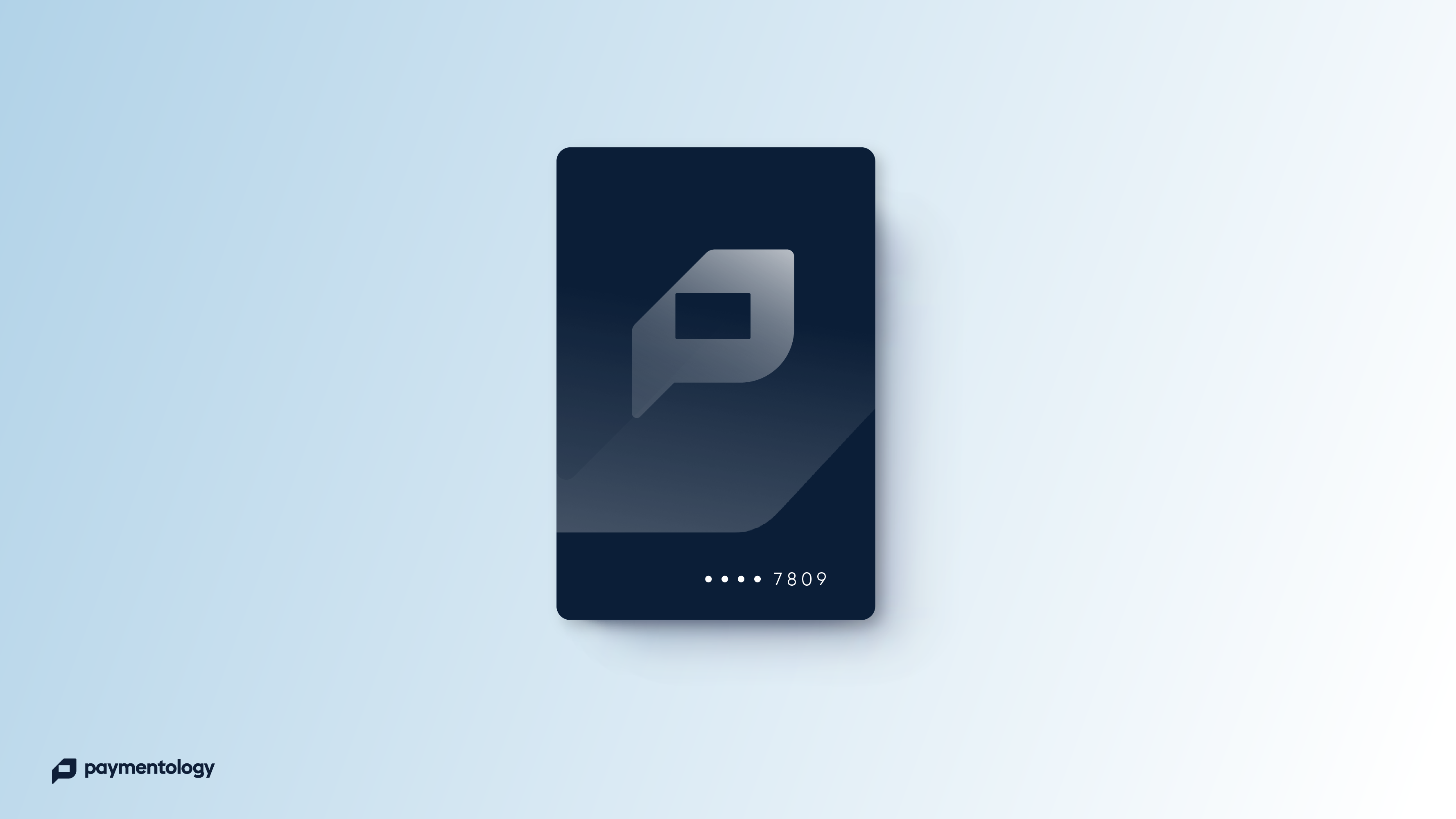Jeff Parker
7-02-24


From hybrid cards to digital wallets, the future of payments is innovative and diverse. Paymentology's CEO, Jeff Parker, takes a closer look at the evolving landscape of payments, with a focus on the central role that cards continue to play. With the ongoing digitisation of payments, it’s easy to get caught up in the narrative that the traditional payment card could become obsolete. However, this couldn’t be further from the truth. In fact, card payments are thriving, adapting to the new age of fintech and smartphones.
Having worked in the payments space for many years, I have travelled across global markets, and I've observed firsthand the evolving landscape of financial transactions. My conclusion is that one size does not fit all. Different markets have different payment requirements.
In mature markets, I've witnessed the swift adoption of instant payment solutions, revolutionising the way transactions occur. Meanwhile, in developing markets, the focus shifts towards the proliferation of card-based systems, both physical and virtual, along with the rapid expansion of instant networks. In these diverse environments, traditional notions of card usage are undergoing profound transformations.
While some regions are still familiarising themselves with physical card formats, the true innovation lies in the integration of cards with cutting-edge technologies. This entails the emergence of virtual cards, digital wallets, and tokenization mechanisms, heralding a new era of convenience and security in financial transactions.
One of the most exciting developments in this area is the emergence of hybrid cards. These are not your typical single-function payment cards. Instead, hybrid cards flip between debit and credit functions, switch currencies, and even enable the conversion of digital assets. This opens up a wide variety of possibilities for consumers, allowing them to navigate through an increasingly digital financial landscape with ease.
Such changes are not only increasing the use cases that cards can support but are embedding ‘payment by card’ into a wide range of user journeys. This enables faster and hyper-personalised customer experiences where the payment is invisible and can drive increased customer satisfaction, loyalty and engagement. It demonstrates that whether for in-person transactions, online payments, international transfers, or navigating blockchain technologies such as Web 3.0, the physical card remains fundamental.
Another important point to consider is that the landscape of payment methods is as diverse as it is innovative. Digital wallets, wearable technology, and biometric authentication are becoming increasingly popular – as well as contactless payments. The contactless payment market is set to grow at an 18% compound annual growth rate to reach more than $12 billion globally by 2032. The physical card is not diminished with this recent innovation but embedded throughout the next generation of payment technology. It now enables a wide range of unique customer journeys, transforming its role to a source of truth in the sprawling payments ecosystem.
However, it’s important to remember that attitudes towards these new payment methods vary significantly across different demographics, geographical regions, and between consumers and businesses. For example, in Kenya, the mobile money pioneer M-Pesa reigns supreme offering a range of P2P payments, virtual wallets and credit cards – and mobile money transactions make up more than half of Kenya’s $110 billion GDP. Meanwhile, in North America, credit cards are practically extensions of self, with 82% of U.S. adults having a credit card in 2022. Rewards programs and ingrained financial habits keep plastic firmly in wallets.
Understanding these geographical nuances is key to appreciating the broader context of payment evolution.
At the heart of these new payment innovations is tokenization and the connection to payment rails - be it local networks or global giants like Mastercard, Visa, and Union Pay. This connectivity is not just a technical feat; it is what enables a smooth, embedded payment experience, whether through mobiles, wearable tech, or even more futuristic avenues.
The ultimate aim of these developments is to make payments as seamless and unobtrusive as possible. The idea is to embed the ‘payment by card’ process into various user journeys, making it faster, more convenient, and almost invisible. This seamless experience is key to driving customer satisfaction, loyalty, and engagement.
Looking to the future, the question is not about which technology will replace the card. It is about understanding how the fundamentals of card technology will continue to influence and shape new payment methods. The physical card's widespread adoption enables interoperability, ensuring seamless transactions across continents and platforms.
The world of payments is witnessing a transformation, with cards playing a central role. The challenge and opportunity lie in anticipating which payment methods will evolve from this technology and dominate the market and which will fade away. One thing is certain: the journey of the payment card is far from over. Ultimately, we are not the ones to decide where the journey will go – it is about users, and our role is to give them the choice.


.png)